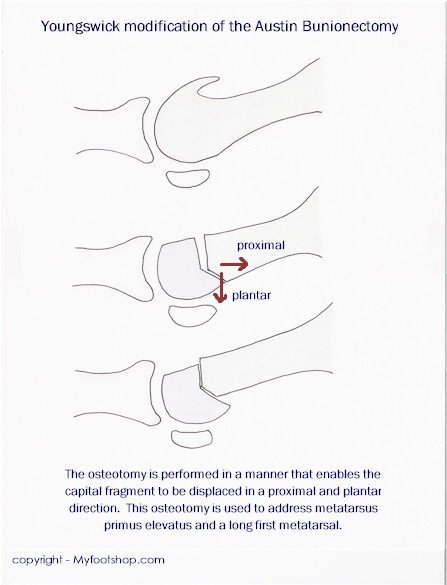One of the guys at work was holding a Vasyli-Dananberg Orthotic and gave me a smirk and said, What do you do with this? Opportunity was knocking at my door. We'll be talking this week at work about 1st ray mechanics and how the Vasyli-Dananberg Orthotic is used to treat hallux limitus.
 Vasyli-Dananberg Orthotic
Vasyli-Dananberg Orthotic
One of the guys at work was holding a Vasyli-Dananberg Orthotic and gave me a smirk and said, What do you do with this? Opportunity was knocking at my door. We'll be talking this week at work about 1st ray mechanics and how the Vasyli-Dananberg Orthotic is used to treat hallux limitus.
By definition, the 1st ray consists of the 1st metatarsal and the great toe. From a phylogenetic standpoint, we can look at the 1st ray being somewhat akin to the thumb and 1st metacarpal found in the hand. Although most of us homo sapiens haven't quite achieved prehensile grip with our feet, many species have. The 1st ray has a unique range of motion that originates from its' proximal attachment to the medial cuneiform. The first ray range of motion moves separately from the 2-5th met atarsal. This isolated range of motion of the 1st ray leads to unique pathology of the 1st ray and an opportunity for unique treatment methods. Much of this 1st ray pathology is due to the 1st metatarsal being either dorsiflexed (up) or plantarflexed (down).
atarsal. This isolated range of motion of the 1st ray leads to unique pathology of the 1st ray and an opportunity for unique treatment methods. Much of this 1st ray pathology is due to the 1st metatarsal being either dorsiflexed (up) or plantarflexed (down).
Hallux limitus - treatment
The most common 1st ray problem we treat is hallux limitus. Although there are several reasons why we develop hallux limitus, the primary reason is due to an elevated 1st metatarsal, a condition known as metatarsus primus elevatus. Met prime elevatus limits the range of motion of the great toe joint resulting in jamming of the joint. Think of met prime elevatus in this way; to accomplish normal range of motion of the great toe joint, the 1st metatarsal needs to plantarflex to allow the great toe to dorsiflex - a kind of hinge like motion. If the 1st metatarsal is elevated, this plantarflexion doesn't occur leading to lack of range of motion of the great toe joint and the onset of hallux limitus. To illustrate this point, the image at right shows the bone cuts made in the 1st metatarsal head to perform a surgical procedure called a Youngswick modification of an Austin bunionectomy. This procedure is used to treat stage 2 and 3 hallux limitus. You can see that the cuts are made in such a way to lower the 1st metatarsal head thereby increasing range of motion of the great toe joint.
The Vasyli-Dananberg Orthotics works in a very similar manner. The proximal and distal plugs are used to influence the range of motion of the great toe joint. Removal of the plugs results in increased range of motion of the great toe joint, thereby treating the primary contributing factor to hallux limitus, metatarsus primus elevatus.
We'll talk a bit more about additional uses of the Vasyli-Dananberg Orthotics in a follow-up blog post.
Jeff
Jeffrey A. Oster, DPM
Medical Advisor
Myfootshop.com
Updated 12/27/19












